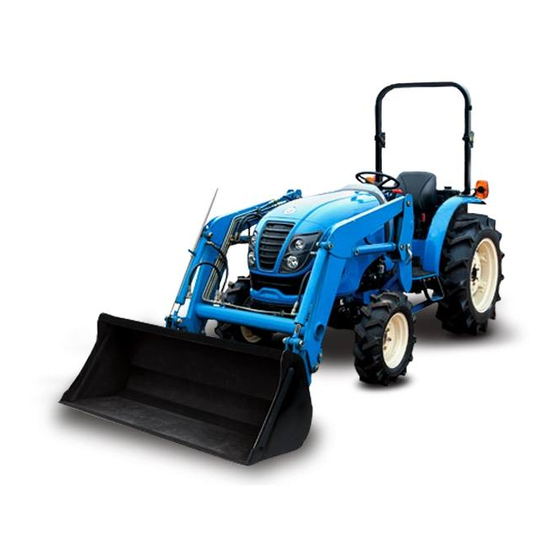
Table of Contents
Advertisement
WARRANTY STATEMENT
ISM warrants that your 2013 and later off-road diesel engine was designed, built and equipped to
conform to applicable U.S. Environmental Protection Agency (EPA) regulations and is free from
defects in materials and workmanship which cause it to fail to conform with such regulations, for
the following period of operation:
For a period of two (2) years or 1,500 hours of operation, whichever occurs first, after the date
of delivery to the initial retail owner of any variable speed off-road diesel engine rated at less than
19 kW (25 hp) and any constant-speed off-road diesel engine rated at less than 37 kW (50 hp)
with rated speed greater than or equal to 3,000 rpm.
For a period of five (5) years or 3,000 hours of operation, whichever occurs first, after the date
of delivery to the initial retail owner for all other off-road diesel engines.
WARRANTY INFORMATION
The model year, class of diesel engine, and emission application for your engine are identified on
the emission control information label affixed to the right hand side of your engine's front side of
timing gear case or head cover.
Any emission control system parts that are proven defective during normal use will be repaired or
replaced during the warranty period. The warranty repairs and service will be performed by any
authorized ISM dealer at the dealer's place of business, with no charge for parts or labor
(including diagnosis).
As the engine owner, you are responsible to perform all the required maintenance listed in your
owner's manual. ISM will not deny an emission warranty claim solely because you have no
record of maintenance; however, a claim may be denied if your failure to perform maintenance
resulted in the failure of a warranted part. Receipts covering regular maintenance should be
retained in the event of questions and these receipts should be passed on to each subsequent
owner of the engine.
It is recommended that replacement parts used for maintenance or repairs be ISM Service Parts
to maintain the quality originally designed into your emission certified engine. The use of non-ISM
parts does not invalidate the warranty on other components unless the use of such parts causes
damage to warranted parts.
ISM wishes to assure that the emission control systems warranty is being properly administered.
If you believe you have not received the service to which you are entitled to under this warranty,
you should contact the nearest ISM Branch Office for assistance. The address and phone number
of each Branch Office is in your owner's manual.
FEDERAL EMISSIONS WARRANTY
Advertisement
Table of Contents
















Need help?
Do you have a question about the XG3032 and is the answer not in the manual?
Questions and answers
Clicking in starter solenoid hard to start , but battery load tested and starter bench tested all good. Jump around key switch no clicking starts good